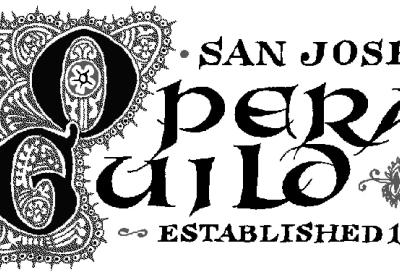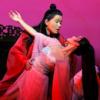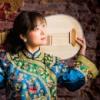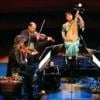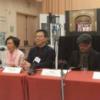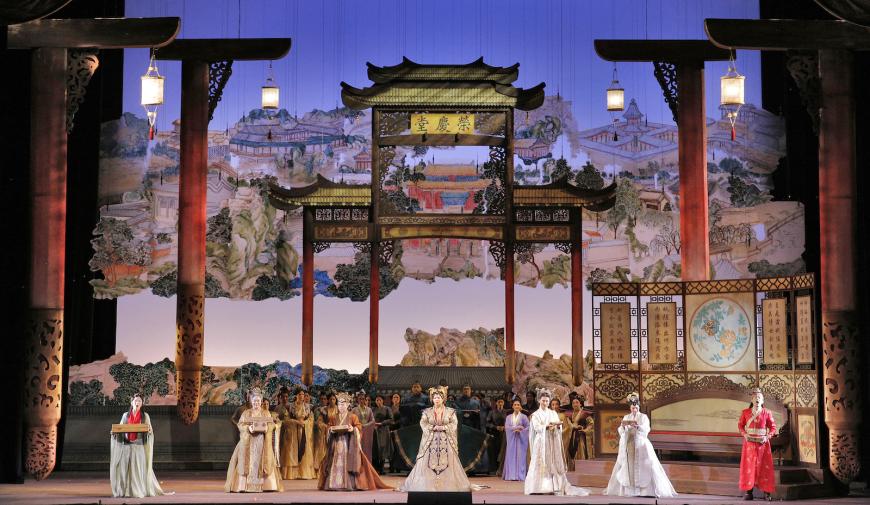
At about 2,500 pages in translation, with hundreds of characters, Dream of the Red Chamber written by Cao Xueqin in the 18th century and considered the greatest of all Chinese novels, must have been daunting to make into an opera.
But composer Bright Sheng persuaded Tony Award-winner David Henry Hwang to write the libretto with him, aware they would have to make significant cuts to the beloved book, which has a whole literary study around it in China, “redology.”
The opera, at under three hours, premiered at the San Francisco Opera in 2016, and it returns this summer, June 14–July 3.
Along with Sheng and Hwang, the talented crew includes renowned theater artist Stan Lai directing, and Tim Yip, who won an Academy Award in art direction for the hit movie Crouching Tiger, Hidden Dragon, doing the costumes and sets.
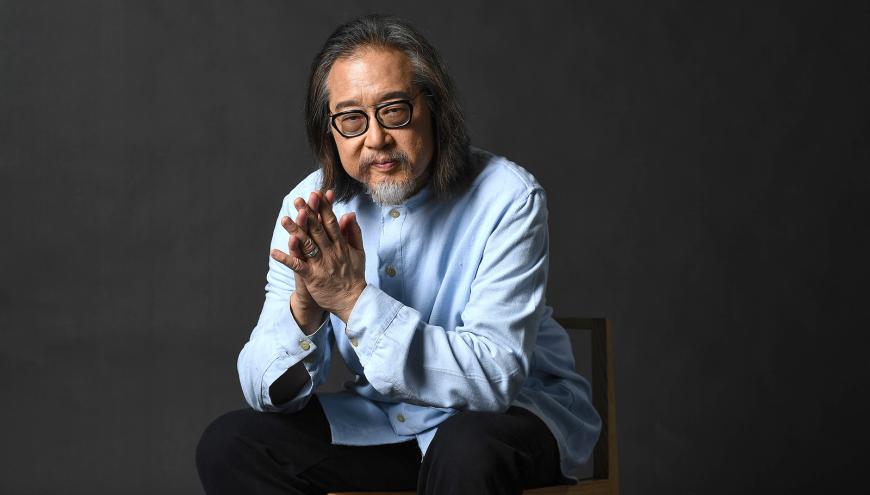
The reviews of the opera called Yip’s sets and costumes “lush,” “visually opulent,” and “intricately beautiful.”
On May 20, Yip, currently in London, will have a virtual conversation with Jay Xu, the director of the Asian Art Museum, which is just blocks from the opera house. They will talk about the artistic inspiration for Yip’s sets and costumes in the opera, some of which came from looking at the museum’s collection.
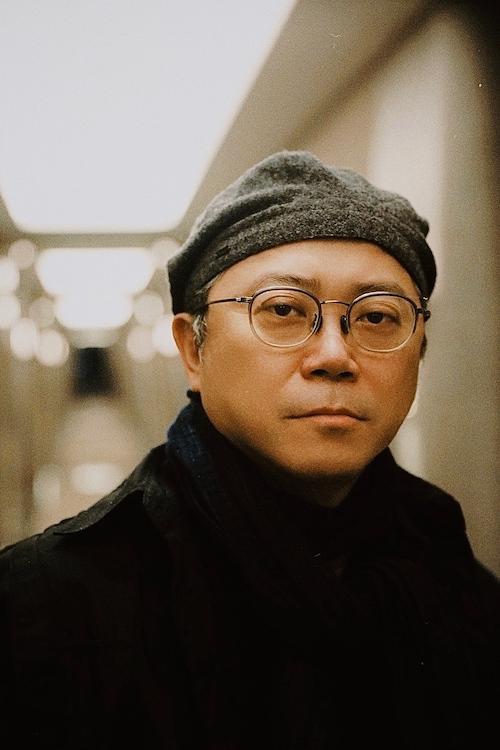
Xu says the novel, at a basic level the story of a love triangle between a nobleman Bao Yu, his sickly artistic cousin Dai Yu, who he loves, and another cousin, a rich heiress Bao Chai, who he must marry, looks at Imperial China when the country was very prosperous and affluent, and society was restrictive in social norms.
Yip’s set design, which features mansions with pagoda roofs and carved wooden columns, and large watercolor landscapes, helps to capture the period, Xu says.
“There are these beautiful gardens and tremendous complexes,” Xu said. “He succeeded in achieving a dramatic effect and the atmosphere of Chinese culture.”
Yip, a renowned artist from Hong Kong, who works in visual art, movies, and theater as well as opera, does work aiming to highlight the beauty of the Chinese aesthetic. He loves the Asian Art Museum, he says, with a collection of 18,000 artworks from every region in Asia ranging from ancient jades and bronzes to contemporary video installations. Yip says the building, which recently added a pavilion and an art terrace designed by Kulapat Yantrasast, along with undergoing an overall renovation, also sparks his imagination.
“I really like the form of it,” Yip said. “When I go, I am inspired by the entrance. It makes it really clear where to go. I love it because it’s open. And there are so many programs and new angles, and it’s not totally traditional.”
Yip says he went several times to the museum, looking at the collection — the clothing and costumes on display there as well as the sculptures, trying to get a sense of how to combine the contemporary and the traditional in the opera.
In the story, Bao Yu was a stone in another life and Dai Yu was a flower and they had a connection. Yip says he tried to honor the mythological background of the story and give it a poetic and surreal feeling. For example, Dai Yu wears green silk, soft and translucent, so she appears to be floating, and Bao Yu wears a royal red.
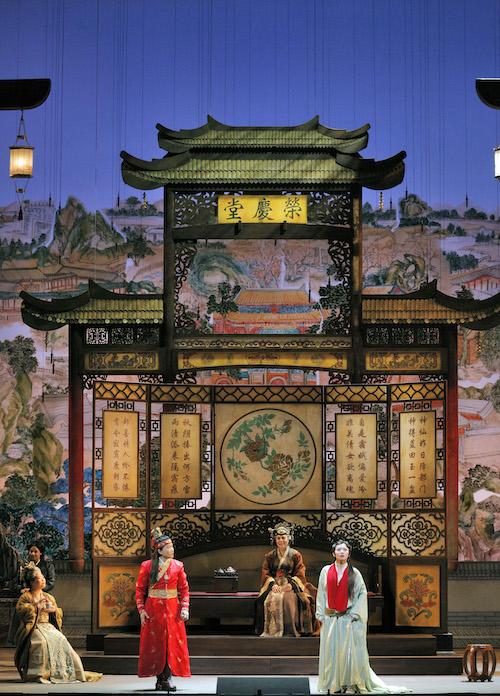
In East Asian stories, things are often symbolic, Yip says, and can be abstract and use gestures that can be understood by everyone. In the West, he thinks, there is more dialogue and more detail.
“It’s a different way of seeing the world and a different way of looking,” he said. “The West is more about data and understanding everything. In the East, it’s more about the relationship to things and more spiritual.”
Xu says the story of Dream of The Red Chamber is relevant today.
“In the novel, the family fortunes have gone into decline,” he said. “It’s soul searching about the individual pursuit of happiness in a restrictive society when an ardent love needs to be expressed in a disguised way. The novel is very poignant, and it’s a beautifully written love story that transcends time.”
Yip says he wanted to bring both Western and Chinese elements into the story, so everyone could connect with the opera. He thinks of the story, and what he was trying to do with his design and costuming, as poetic rather than realistic.
“It’s like with Crouching Tiger, Hidden Dragon,” he said about the martial arts movie where actors including Chow Yun-Fat and Michelle Yeoh run up walls, leap over rooftops, and fight with swords in treetops. “People cannot fly in the air. It’s to give you some feeling of the soul and of the spirit. I like showing it to a new generation. When I’m doing these kinds of things and people get it, it’s really satisfying.”


